Football fans may expect to pay more than ever this year for their long-standing, distinctive pastime of collecting FIFA World Cup sticker albums due to global inflation.
Prior to the eagerly anticipated Qatar tournament in November, the UK price of packages containing five stickers was increased by 12.5% by the Italian manufacturer Panini SpA, making the 670-sticker album fill a little over £870 ($1,014).
When Panini produced their first World Cup album before to the legendary 1970 World Cup in Mexico, the tradition began. Since then, it has attracted both children and adults who trade cards with one another at home, out in public, and now online in an effort to complete their sticker collections.
In 2018, Panini’s sales surpassed $1 billion. A Cardiff University mathematician in the UK calculated that in order to complete the album during the 2018 World Cup, a fan would need to buy 4,832 stickers on average, costing the collector £774.
After raising its pricing, the business is now anticipated to generate another significant amount of income, making the formerly affordable activity considerably more expensive.
In 2018, 50 packets could be purchased for as little as $62 on Amazon.com Inc. and $72 at Walmart Inc., but now it might cost $1,160 to complete the album in the US, an increase of almost $150.
Brazil sold an average of 40 million stickers daily prior to the 2018 World Cup. Four years later, the price of each packet has doubled to R$4 (78 cents).
That would raise the average cost of finishing the record to R$3,865, or 1.5 times Brazil’s average monthly salary, according to the Brazilian Institute of Geography and Statistics.
Exclusive stickers recognizing 20 outstanding players have also been released by Panini, which has been producing sticker albums since 1961. A Lionel Messi card from Argentina is selling for $490 on eBay Inc., while cards of Cristiano Ronaldo from Portugal and Neymar Jr. from Brazil are each selling for approximately $400.
But this kind of price increase is nothing new. The publisher raised prices in 2018 by as much as 60% in the UK and 100% in Brazil above those in 2014.
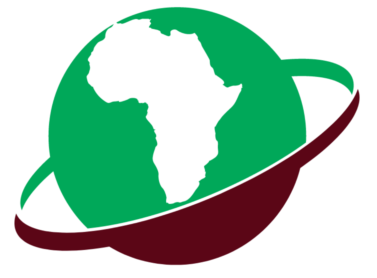



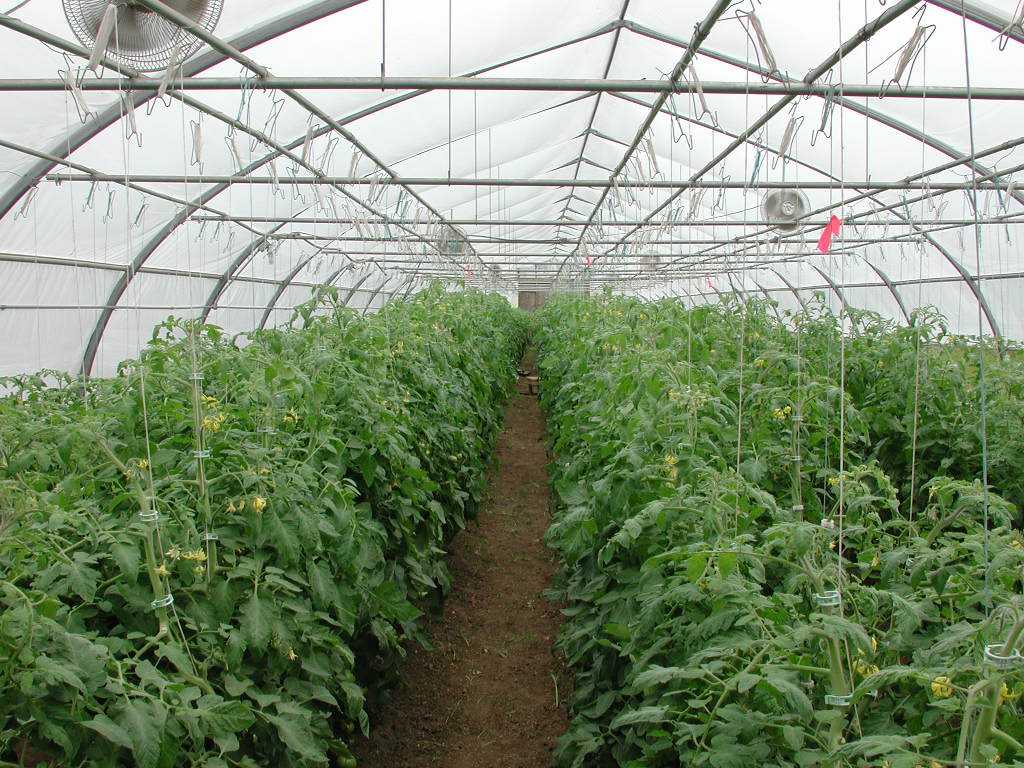
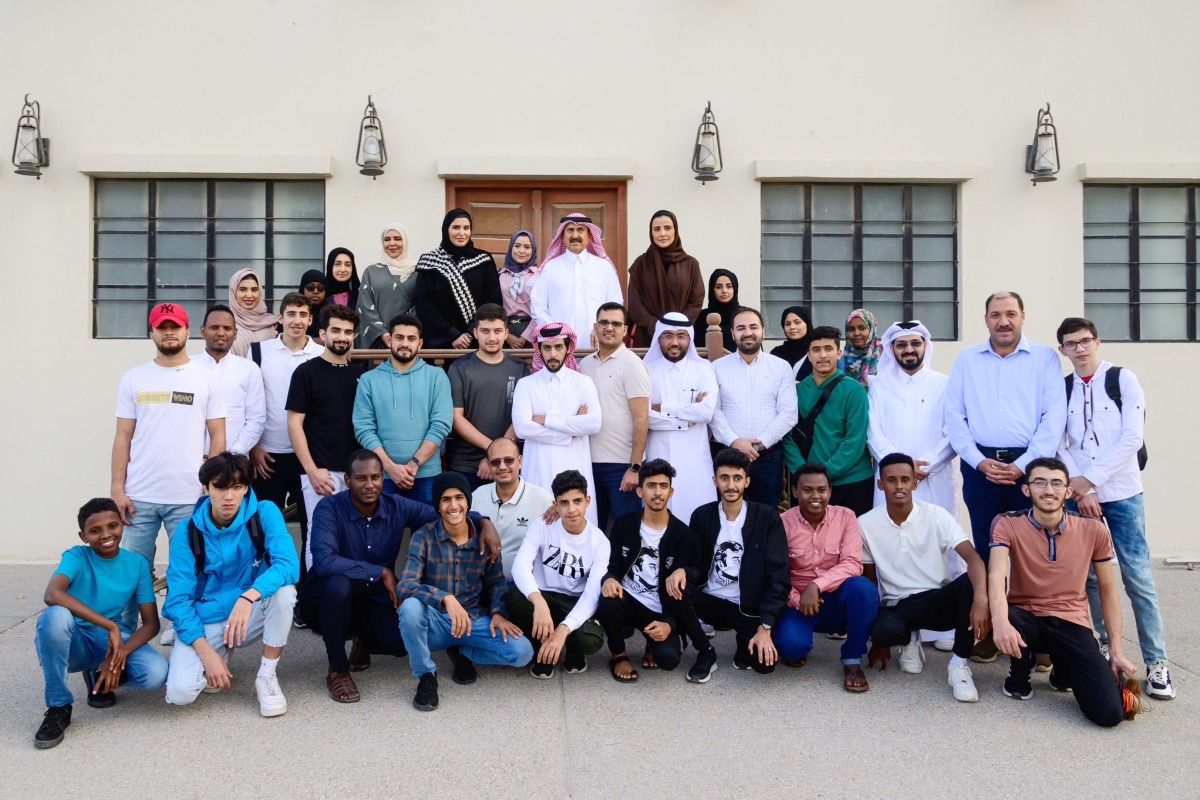


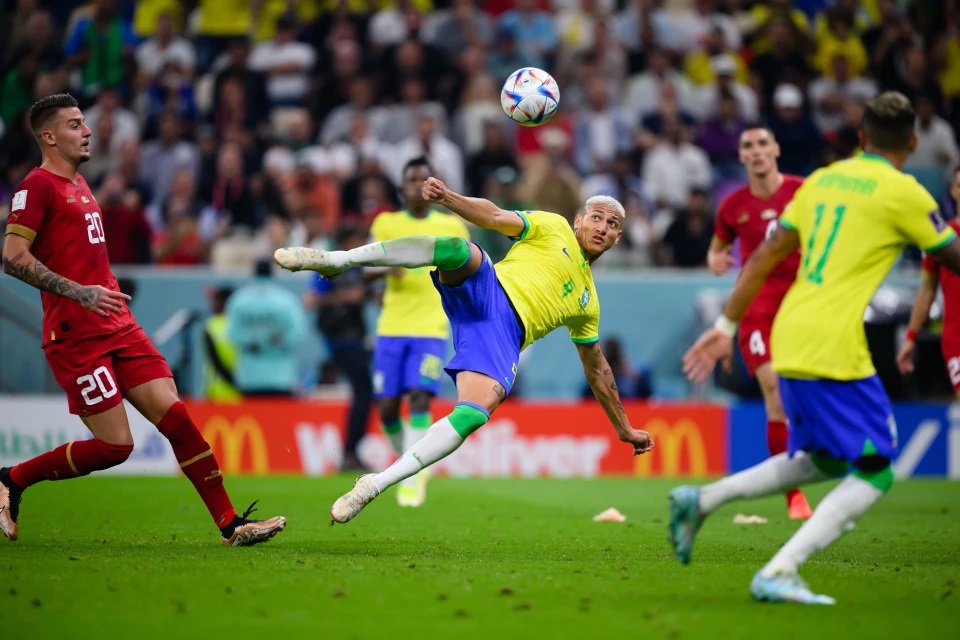



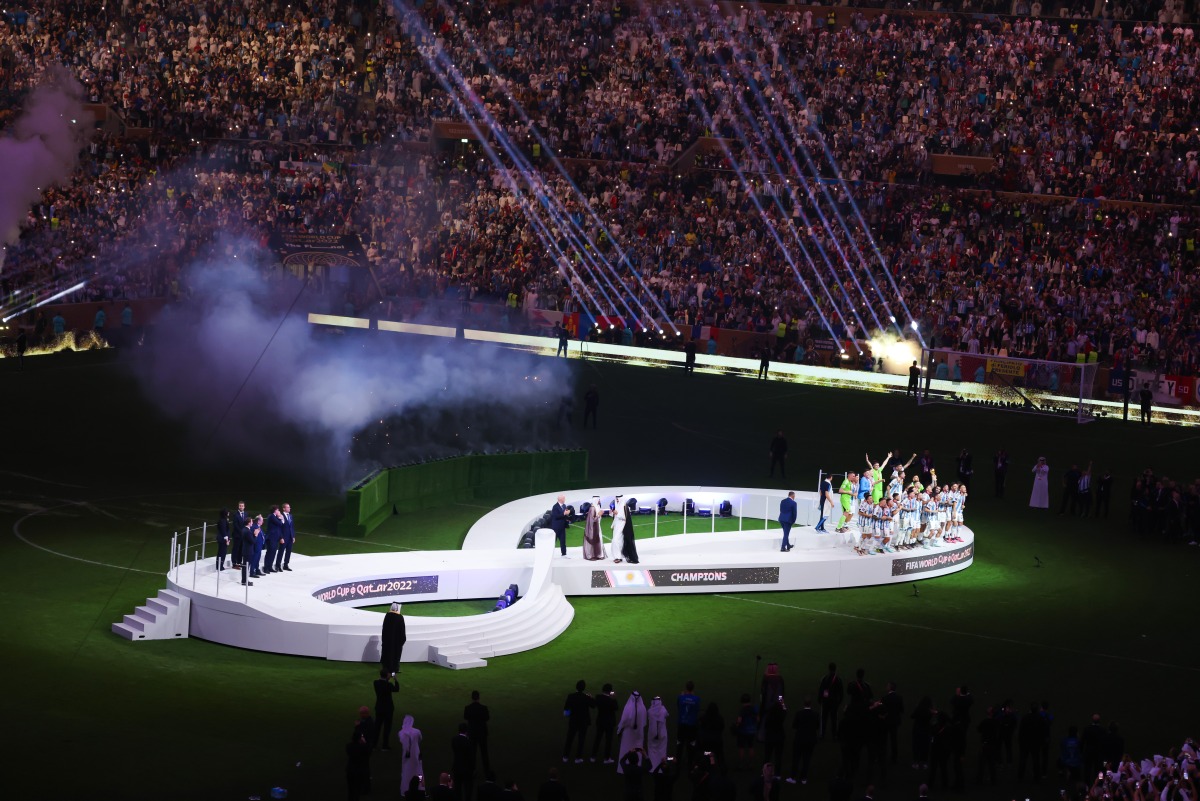



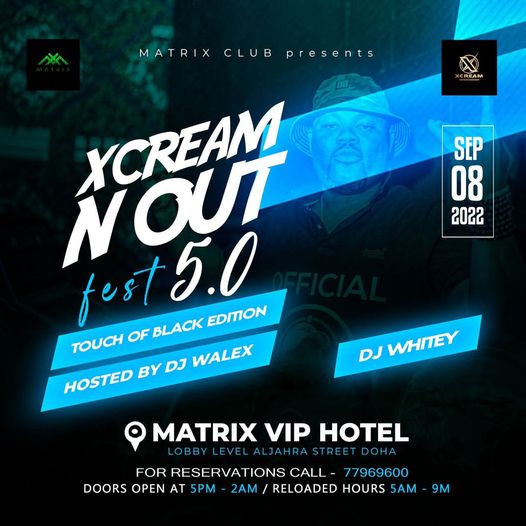
Leave a Reply